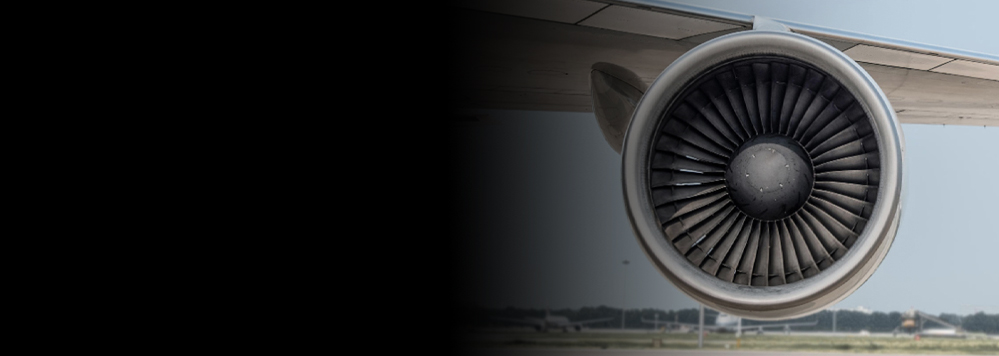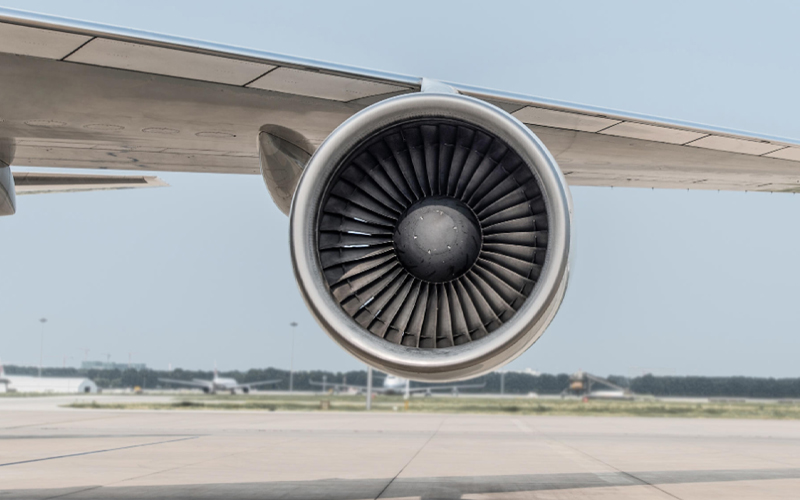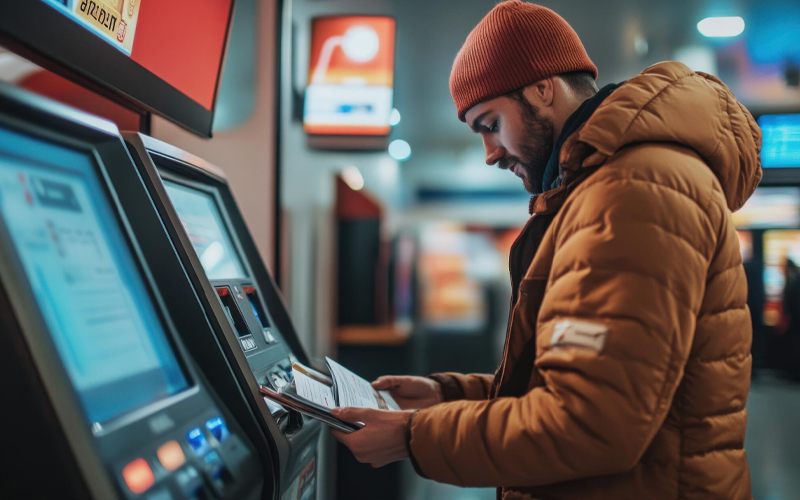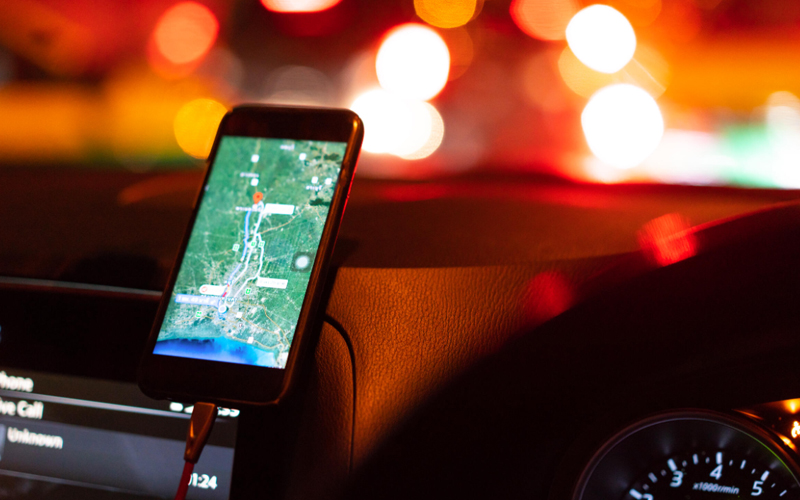Recent estimates indicate over 50% of frequent flyer miles are earned through non-flight activities, signalling a major shift in loyalty building. Traditionally, airline loyalty programmes focused on accumulating reward points and tier statuses. However, as customer expectations evolve, traditional frequent flyer programmes no longer suffice. Modern travellers demand flexibility, personalisation, and tangible value. This makes it essential for airlines to reassess loyalty programme effectiveness to enhance retention and drive revenue.
Impact on consumer behaviour
Airline loyalty programmes shape key consumer behaviours, influencing retention, lifetime value, and overall loyalty by transitioning from simple transactions to dynamic, personalised experiences:
Enhanced retention and lifetime value
Tailored rewards and flexible benefits encourage repeat bookings and increased spending, boosting customer lifetime value. Bespoke incentives — such as exclusive offers or upgrades — lead to a more stable, loyal customer base.
Widespread adoption and repeat business
An intuitive, easy-to-use loyalty programme drives broad adoption across diverse segments. A straightforward digital experience and simple redemption process lead to higher repeat bookings.
Facilitating new service adoption
Engaged customers are more receptive to new offerings, such as subscription models or ancillary services. This readiness accelerates the adoption of innovative services and reinforces overall programme success.
Strengthening emotional connections
Personalised experiences foster deeper emotional bonds. When passengers feel recognised and valued, their loyalty deepens, translating into higher retention and greater advocacy for the airline.
Impact on airline revenue
Effective loyalty programmes impact several key revenue metrics, often boosting overall revenue, even when some KPIs fluctuate in different directions.
RASK (Revenue per Available Seat Kilometre)
Although loyalty discounts may slightly reduce fares, increased repeat business fills more seats, driving overall revenue growth despite marginal changes in RASK.
Load factor
Improved retention boosts the percentage of seats filled, lowering per-passenger costs and enhancing profitability.
Yield
While the average fare per mile may dip due to loyalty discounts, higher spending on ancillary services and increased travel volume more than compensate, resulting in higher net revenue per passenger.
RPK and RASK
Effective programmes encourage frequent travel, increasing both the total distance travelled by paying passengers, called Revenue Passenger Kilometres (RPK) and the Revenue per Available Seat Kilometre (RASK). Even with variable pricing, overall revenue rises significantly as these metrics improve.
Although individual metrics such as yield or RASK may experience minor shifts, the cumulative effect of increased retention, higher load factors, and greater travel volume drives a substantial revenue boost.
Innovative and effective airline loyalty programmes
Airlines are setting new benchmarks with innovative loyalty programmes that extend well beyond traditional models. These initiatives are:
Subscription-based models
Some carriers offer subscription services that provide unlimited or a fixed number of flights for a monthly or annual fee. This model transforms loyalty into recurring engagement, ensuring regular travel and stronger customer bonds.
Gamification and digital engagement
Innovative programmes integrate gamification elements — such as mileage challenges, digital badges, and progress trackers — to make earning rewards interactive and fun. This approach increases digital engagement, motivates customers to participate actively, and drives higher retention rates.
Personalisation and dynamic tiering
Leveraging advanced analytics, airlines now use dynamic tiering systems that adjust benefits based on real-time travel behaviour and spending patterns. Customised offers, from exclusive layover experiences to targeted ancillary discounts, enhance the overall effectiveness of the loyalty programme.
Omni-channel integration
Modern loyalty programmes seamlessly integrate across multiple platforms, including mobile apps, websites, and in-airport services. This omni-channel approach ensures a consistent customer experience, facilitating easier access to rewards and boosting overall satisfaction.
Multi-partner ecosystems
Effective programmes now extend beyond flights by partnering with hotels, car rental services, and retailers. These multi-partner ecosystems allow customers to earn and redeem points across various touchpoints, reinforcing loyalty while expanding the value proposition of the programme.
Sustainability incentives
A few forward-thinking airlines are introducing sustainability-linked rewards, encouraging eco-friendly travel choices. These initiatives not only resonate with environmentally conscious consumers but also enhance brand loyalty through a shared commitment to sustainability.
How can Infosys BPM help boost loyalty programme effectiveness?
The aviation industry needs trusted experts for loyalty management. Infosys BPM offers a comprehensive suite of services that streamlines and optimises airline loyalty programmes. Infosys BPM takes care of member management, partner management, digital marketing, customer service, and MIS and analytics. We enable airlines to reduce operational costs and focus on delivering exceptional travel experiences.








